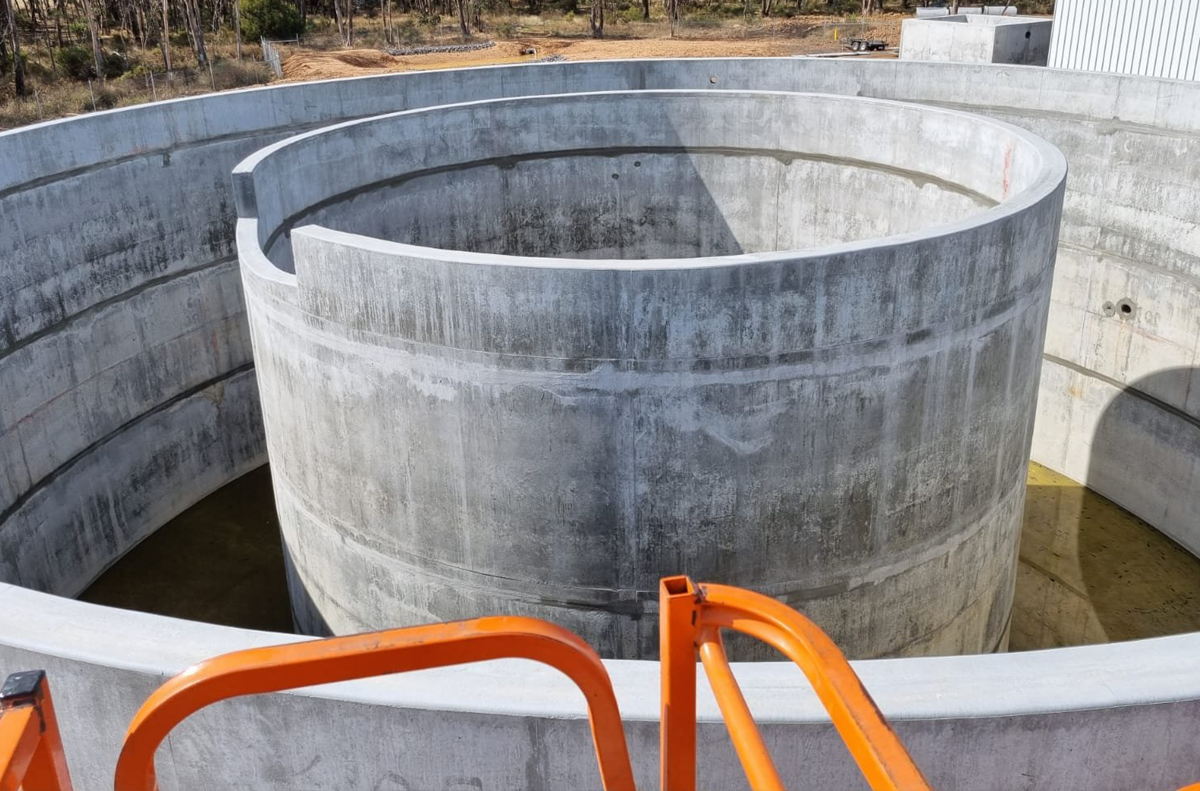Stick water is the residual liquid that remains after the rendering process, and it is often characterised by its high content of organic matter, solids, and fats.
Proper treatment of stick water is crucial to ensure compliance with environmental regulations, prevent environmental pollution and optimize the use of resources. In this blog post, we will guide you through the process of treating stick water from a rendering plant, including proposed solutions and tips to ensure efficient and effective treatment.
A couple of the solutions for treating stick water are outlined below.

Membrane Bioreactor (MBR) technology
MBR technology is an efficient and reliable solution for treating stick water from a rendering plant. The process involves the use of a membrane to separate solids and organic matter from the wastewater. The permeate produced can be discharged directly to the environment or reused. MBR technology is a proven and effective solution for treating high-strength wastewater, and it offers several advantages, including:
Small footprint
High-quality effluent
Robust and reliable process
Minimal sludge production
Moving Bed Biofilm Reactor (MBBR) technology
MBBR technology is another effective solution for treating stick water. This process involves the use of a carrier media, typically made of plastic, where bacteria can attach and grow. The bacteria break down the organic matter in the wastewater, and the carrier media provides a surface area for the bacteria to grow. MBBR technology offers several advantages, including:
Simple and robust process
Minimal sludge production
Can handle fluctuating loads
High removal efficiency
Tips for efficient and effective treatment
Optimize the pH level
The pH level of the wastewater plays a critical role in the treatment process. A pH level of 6.5 to 7.5 is optimal for the growth of microorganisms, and it enhances the performance of the treatment process. Monitoring and adjusting the pH level is essential to ensure efficient and effective treatment.
Optimize the Dissolved Oxygen (DO) level
The DO level in the wastewater is another critical factor in the treatment process. A DO level of 2 to 4 mg/L is optimal for the growth of aerobic microorganisms. Maintaining the proper DO level is essential to ensure that the microorganisms are active and can break down the organic matter in the wastewater.
Consider the use of coagulants and flocculants
Coagulants and flocculants can be used to enhance the treatment process by removing suspended solids and fats from the wastewater. These chemicals can help to improve the efficiency of the treatment process and reduce the load on downstream processes.
Proper maintenance and cleaning of the treatment system
Proper maintenance and cleaning of the treatment system are crucial to ensure the long-term performance of the system. Regular cleaning of the membrane or carrier media and periodic maintenance of the pumps and motors can help to prevent downtime and ensure that the system operates at peak efficiency.
Waterform has extensive experience in treating stick water from rendering plants. Waterform has built the first MBBR in the Australian red meat processing industry and is currently building an MBR-based Biological nutrient Reduction / Advanced Water Treatment Plant.
Our approach to treating stick water is based on a thorough understanding of our clients’ unique requirements and challenges. We work closely with our clients to design and implement tailored solutions that meet their specific needs and ensure compliance with environmental regulations.
Our solutions are based on the latest technologies and best practices, and we are committed to delivering cost-effective and sustainable solutions that optimize the use of resources and minimize environmental impact.
Treating stick water from a rendering plant requires careful consideration of several factors, including the selection of the right technology, optimization of pH and DO levels, and proper maintenance and cleaning of the treatment system. MBR and MBBR technologies are all effective solutions for treating stick water, and Waterform has extensive experience in delivering tailored solutions that meet our clients’ specific needs.
By implementing the right solution and following best practices, rendering plant owners and managers can ensure compliance with environmental regulations, prevent environmental pollution, and optimize the use of resources.